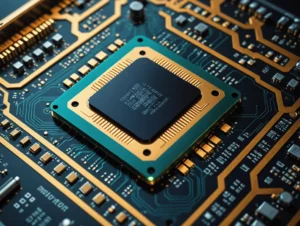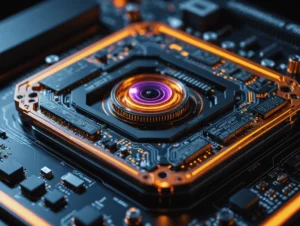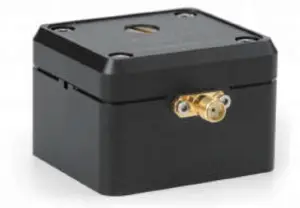Regarding to thermal modeling, Silicon photonic circuits are highly sensitive to temperature changes due to the thermo-optic effect in silicon. While this sensitivity can be beneficial for creating thermal tuners and phase shifters, it also poses challenges as the temperature across a chip may not be uniform. This is particularly problematic when the chip is integrated with electronics and numerous thermal tuners, leading to non-uniform thermal distributions.
Two Primary Needs for Thermal Modeling
- Device-Level Thermal Design: Designers aim to optimize the efficiency of thermal tuners, such as in Mach-Zehnder interferometers or ring modulators. These tuners utilize the thermo-optic effect to modify the refractive index of silicon, allowing for effective modulation of light. Thermal modeling tools help designers achieve precise control over temperature effects to enhance device performance.
- System-Level Temperature Distribution Modeling: This type of modeling focuses on understanding the distribution of heat across the entire circuit. It is crucial for minimizing thermal cross-talk, which occurs when heat from one component affects nearby components. Effective thermal management ensures the system functions optimally without unintended interference caused by temperature variations.
Commercial Tools for Thermal Modeling
Several commercial software tools are available for thermal modeling in silicon photonics, including:
- ANSYS
- COMSOL
These tools solve the steady-state heat equation and are widely used for both device and system-level thermal analysis. Additionally, the MATLAB Partial Differential Toolbox can be utilized to solve thermal equations and help designers create compact models for thermal tuning.
Application in Circuit Modeling
Thermal models can also be integrated into photonic circuit modeling tools to enhance the accuracy of simulations that involve both optical and thermal effects. By incorporating temperature as a parameter, circuit designers can anticipate how thermal factors will influence overall system performance.





